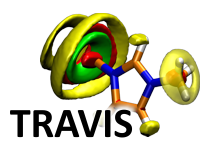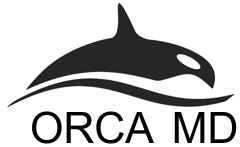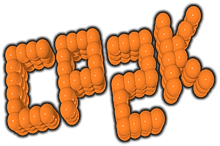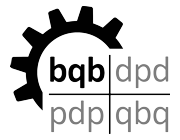Research Interests
Please also see my “Publications by Topic” page.
On the one hand, I am very active in developing methods. 27 of my publications (see list) are related to method development. My developments on predicting vibrational spectra were awarded with the Hellmann prize 2021. I also implement many of these methods in freely available software packages. My C/C++ programming experience is more than 20 years.
On the other hand, I perform molecular dynamics (MD) simulations to study the structure and dynamics of complex bulk phase systems such as mixtures, ionic liquids, membranes, and interfaces. To do so, I use both ab initio MD simulations (32 publications, see list) and force field MD simulations (29 publications, see list).
I am convinced that particular scientific value lies in the collaboration between theoretically and experimentally working colleagues. I have published 29 articles together with experimental groups (see list). In many cases, we were able to complement or explain the experimental results with our simulations.
 |
Please also see this five-page article which introduces my research group and some of our research interests (in German language), being part of the 2021 issue of the “InfoTC” – the annual bulletin of the “Arbeitsgemeinschaft Theoretische Chemie” (AGTC). |
I am active in the following fields of scientific research:
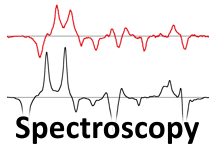 |
Together with my co-workers, I am developing computational methods in the field of vibrational spectroscopy, in particular for the prediction of bulk phase infrared, Raman, vibrational circular dichroism (VCD), Raman optical activity (ROA), and resonance Raman spectra from ab initio molecular dynamics (AIMD) simulations. For example, we were the first to predict the ROA spectrum of a bulk phase system in 2017 (see article), and the resonance Raman spectrum of a bulk phase system in 2019 (see article). |
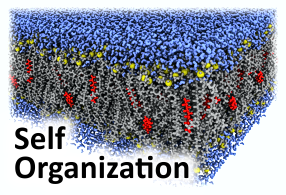 |
I was involved in many studies on self organization and microheterogeneity in complex liquid systems. Those include lipid bilayers, deep-eutectic solvents (DES), mixtures of ionic liquids, and low-polarity water shells around TEMPO radicals. In 2015, I have developed the Voronoi-based domain analysis method, which enables to study microheterogeneity from MD simulations in great detail. |
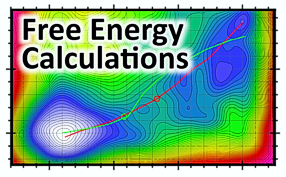 |
In my group, we explore the free energy profiles of processes and reactions under full solvent influence by using metadynamics. We have developed a new simulation protocol, called “HyAIMD” (Hybrid AIMD), which effectively blocks unwanted side-reactions in AIMD-based metadynamics. With this approach, we were able to correctly predict the product ratio and selectivity of an enantioselective organocatalytic aldol reaction in explicit solvent. |
 |
I have contributed to several studies on solid state surfaces, liquid interfaces, and evaporation processes. I was involved in the EU-funded FP7 MODERN project, which aimed at modeling the toxicity of metal / metal oxide nanoparticles. I am experienced with computing adsorption energies and entropies as well as electronic surface properties such as the band structure. |
 |
I am interested in investigating the fascinating properties of ionic liquids, in particular their hydrogen bond network and their unique solubility properties. In my group, we study the dissolution of cellulose in ionic liquids. For example, we have established triazolium-based ionic liquids as a novel class of cellulose solvents. We also develop force fields for ionic liquids and their mixtures. |
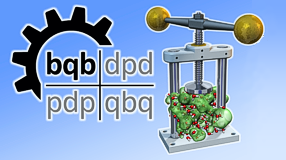 |
I am also active on the field of “big data”. In 2018, my colleague and me have developed a lossless compression algorithm for trajectories of atom positions or volumetric data, which reaches a significantly higher compression ratio than any other existing method. In the case of volumetric data trajectories (such as electron density CUBE files), a lossless compression ratio of around 35 : 1 is reached. |
 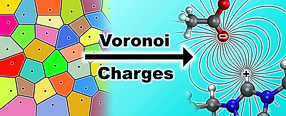 |
We have developed the Voronoi integration method, which gives molecular electromagnetic properties (such as dipole vector and quadrupole tensor) via integration of the total electron density on a grid. This approach is very useful for computing all different kinds of bulk phase vibrational spectra, as we have demonstrated for infrared, Raman, VCD, ROA, and resonance Raman spectra. |

